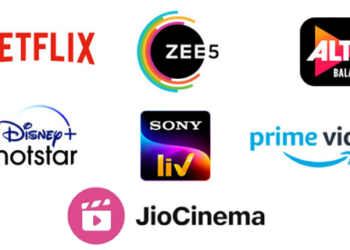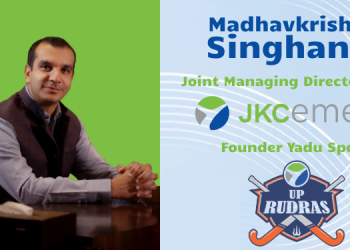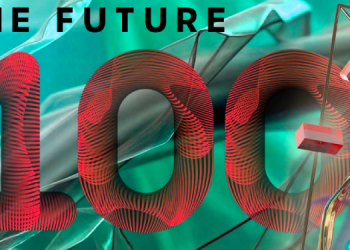Publicis Commerce is Publicis Groupe’s global commerce practise dedicated to the development of an end-to-end commerce offering for clients across sectors. The India Commerce Practice was launched in the middle of 2019. From marketplaces, e-tailers, social commerce, and omnichannel experiences, the India Commerce team provides end-to-end solutions to activate the full potential of commerce and deliver on client growth needs. They are currently working with clients like L’Oreal, ITC foods, and Marico.
Kartik Iyer leads the Publicis Commerce practise and brings with him close to 33+ years of experience spearheading retail, commerce and media for clients across FMCG, Consumer Hardware, Healthcare, Auto, Telecom, Real Estate, and Hospitality. He has worked with the likes of Samsung, Apple, BlackBerry, and ITC in the past.
In today’s Leaderspeak, Kartik Iyer, Vice President and Head- Publicis Commerce, India and GDD, speaks about Publicis Commerce’s journey in India, how they are helping the clients navigate the convergence of media and commerce, and more.
Excerpts:
3 years of Publicis Commerce in India, can you take us through this three-year journey and the major learning during the course?
The journey of Publicis Commerce in India started in Aug 2019 with my colleague Krishna Mothey and me coming on board as the Commerce Practice Lead and Commerce Media Lead, respectively, to set up the practice. The endeavour was to offer an end-to-end commerce offering encompassing all aspects of the commerce value chain, consulting, creative + content, technology + UX, commerce media, data science, operations, and commerce intelligence.
Between Krishna and me, we have close to 30+ years of experience powering commerce and media for a wide range of clients across verticals, which include Food & Grocery, Electronics, Durables, Health, Beauty, Fashion & Lifestyle, Real Estate, etc., to name a few.
The Indian eCommerce market is growing rapidly, with large consumer packaged goods, electronics, beauty and lifestyle brands beginning to increase their spending on e-content commerce media on marketplaces like Amazon, Flipkart, Big Basket, Grofers, Nykaa, etc., thereby necessitating the need for a ‘specialist practice’ to guide them on their digital commerce journey.
With the onset of the pandemic, there was greater acceleration on the back of a shift in consumer buying behaviour from shopping offline to ordering online due to the lockdown. Even categories like food and grocery, which were slow to take off, are witnessing a significant uptick in consumer adoption on the back of ease of ordering, better choice, competitive pricing, and direct-to-home delivery.
This led to consumer brands across categories shifting their focus from brick & mortar to online sales channels while simultaneously reaching out to their creative and media agencies to help them solve their e-commerce specific needs and challenges.
The resultant growth in sales on eCommerce channels saw brands starting to make serious investments in search, e-content + merchandising, commerce media, and commerce intelligence to improve discovery, grow awareness, expand reach, and drive conversions.

Given the lack of eCommerce relevant skills and capabilities, brands were looking to outsource these requirements to digital commerce agencies with expertise spanning the commerce value chain.
However, most agencies in the market lacked the breadth and depth needed in terms of commercial understanding, online category management, retail media planning, and commerce analytics, coupled with the ability to invest in advanced tools and tech needed to win in eCommerce.
This is where Publicis Commerce, with its team of digital commerce experts spanning consulting, creative+content, D2C technology, experience design, retail media, eCommerce analytics, and commerce intelligence, comes in. By being the Commerce Center of Excellence for the groupe we are well equipped to power digital commerce for some of our groupe agencies and clients across creative, media, technology, and communications, thereby enabling end-to-end commerce transformation.
Can you recall any of the challenges you faced during the journey and the strategies you followed to tackle the same?
Given the consumer shifts in the digital and retail commerce landscapes, we had to constantly adapt and respond swiftly to our clients’ evolving needs around commerce. As an example, In early 2020, we were approached by a large FMCG brand that was not a groupe client to manage their D2C commerce play. Despite limited experience in this area, we were able to convince the client to entrust their D2C media mandate to us on the back of our client credentials, commerce expertise, digital content and performance marketing capabilities. The engagement, which started with D2C media, has expanded over the last two years to include our other commerce service offerings viz. eContent+merchandising, eCommerce SEO, marketplace media, and eCommerce analytics.
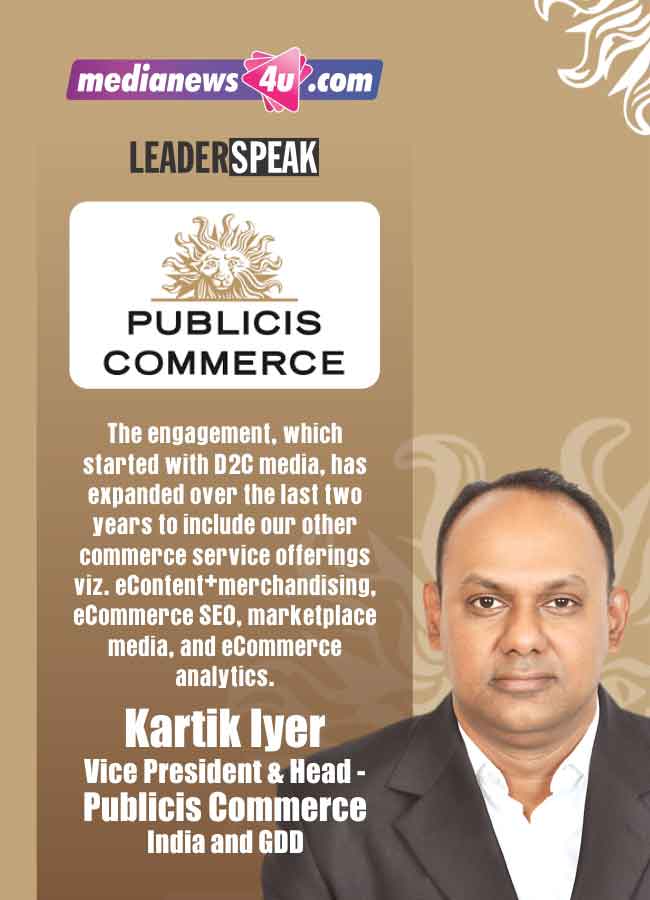
How are you helping your clients navigate the convergence of media and commerce?
As media and commerce continue to converge, at Publicis Commerce we have endeavoured to deliver on our client’s growth ambitions across digital sales channels. To do so, we leverage our proprietary planning frameworks, business playbooks, BI dashboards, and commerce analytics tools to help clients better manage their commerce media spends, thereby driving GMV growth and market share across online platforms. Further, over the last few years, the Publicis Groupe has made some significant acquisitions that have helped strengthen our commerce value proposition, helping clients extract better value from their media investments. This includes the acquisition of Epsilon in 2019, the global leader in outcome-driven marketing, Citrus Ads, the market leader in retail media solutions; and Profitero, the leader in digital shelf and commerce intelligence solutions for brands.
Any particular client case studies to recall?
Sharing below a case study on how we were able to grow sales for a market leading Atta brand on Amazon.
We did this by taking a full-funnel targeting approach, comprising of
- Identifying cohorts based on buyers and browsers of relevant categories and scaling audiences across the web
- Driving visits to our revamped Product Detail Pages that increased page visit to purchase ratio
- Targeting category, brand, generic, competition, allied keywords & products to tap into buyer intent.
- Targeting browsers/ lapsers of the brand to close the audience’s consumer journey loop
Thus, by using a full-funnel targeting approach on Amazon, we were able to drive ‘
- Average monthly sales on search have increased by 75%.
- RoAS on search has increased by 50%.
- Grew RoAS higher than Amazon’s category benchmark for display marketing
- Repeat Purchases have increased by 22%.
- Increase in New Customer Acquisition by 20%
Reportedly, India’s e-commerce market is expected to reach US$ 111 billion by 2024 and US$ 200 billion by 2026.What would be the factors catalysing this humongous growth?
- The shift in consumer behaviour and attitude toward online shopping was accelerated by the pandemic.
- Growth in smartphone and 3G penetration coupled with a robust 3PL infrastructure enables consumers to buy products online even in smaller towns.
- Rise in Internet, social media and OTT penetration resulting in consumers spending a significant amount of time-consuming rich media content on their smartphones.
- Unified Payments Interface (UPI) making it easier for customers to make payments online using their feature phones and smartphones
- Rise of Q Commerce, especially in Metro & Tier 1 towns offering door deliveries of daily essentials in <15 minutes with low shipping fees.
- Growth in the number of VC backed Digital First Brands offering quality products while being available and sold online via their own Direct-To-Consumer websites/apps and marketplaces.
- Digitally native GenZ and Millennial customers prefer to shop and order online rather than in-store.
How can businesses take advantage of this projected growth in the e-commerce sector?
Businesses looking to take advantage of the growth in e-commerce will need to start looking at e-commerce from a strategic rather than a tactical lens and start making investments in building and scaling their digital presence. This would entail scaling their presence on marketplaces while creating their own digital storefront in order to be able to start selling direct-to-consumer. On marketplaces, businesses will need to look at new product introductions and value offerings while making ongoing investments in driving improvements in e-content + catalogue, platform search, platform media, and eCommerce analytics. In the case of DTC, businesses will need to make investments to build a user-friendly, robust and scalable digital storefront, engaging blog and video content, adtech/martech solutions, payment gateway solutions, customer analytics, and last mile fulfilment services to scale their DTC presence.
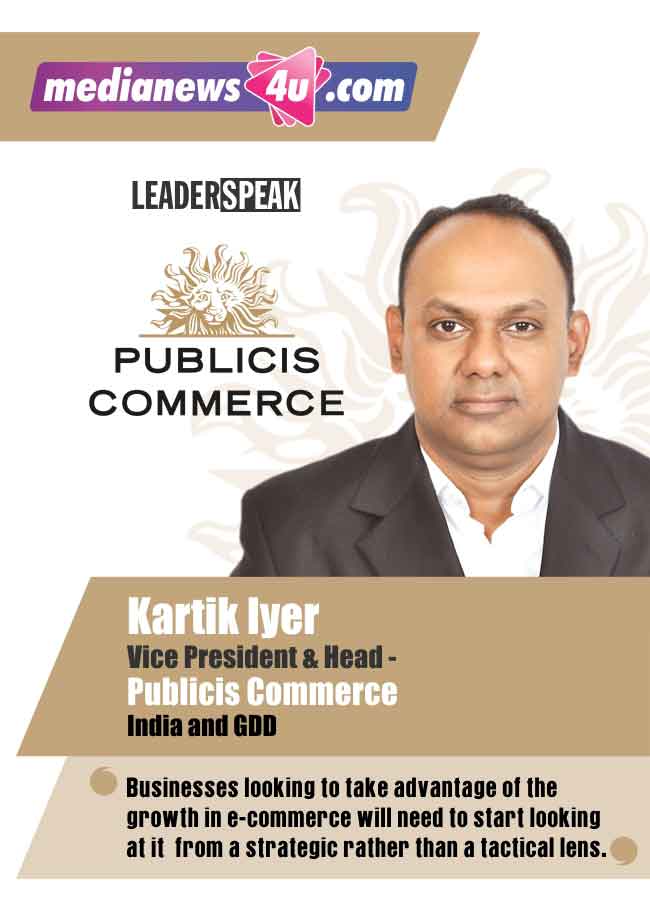
What are the challenges the e-commerce sector in India is facing?
- More than 80% of e-commerce orders in India are Cash on Delivery orders, resulting in higher returns.
- Lack of adequate consumer protection safeguards that would encourage more customers to shop online.
- Duplicates, fakes, and counterfeit products make customers wary and suspicious of ordering products online
- High Payment Gateway and 3PL charges make it unviable for low value products to be sold online.
- Low credit card penetration restricts access to a large # of shoppers without a credit card, allowing them to transact online.
Can you talk about the tools and technologies you are using?
We use a multitude of adtech, martech, BI, and commerce intelligence tools to help brands manage their play in eCommerce. From an adtech perspective, we use media planning, management, and optimization tools. To help manage client media spend on marketplaces like Amazon and publishers like Google, Facebook, etc. From a martech perspective, we use DAM, CRM, CDP, CX, and analytics tools like Google Analytics to collect, segment, reach, engage, and analyse customers across platforms. We use BI tools like Tableau/Power BI to access, collect, analyze, and share eCommerce data visually with clients through dashboards and reports. We use Commerce Intelligence tools like Profitero to capture data from marketplaces and e-retailers to provide intelligence to clients on their digital shelf performance vis-à-vis competition.



